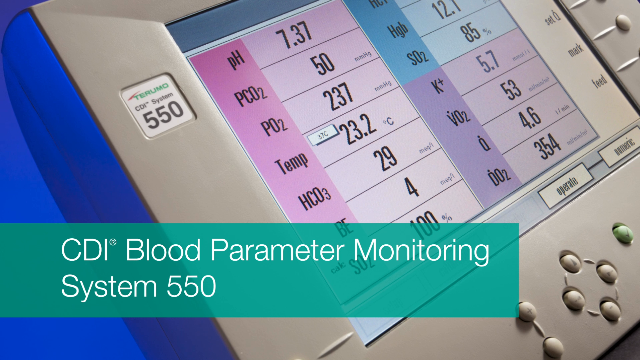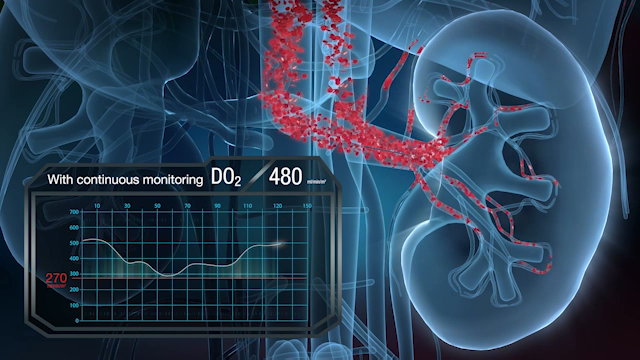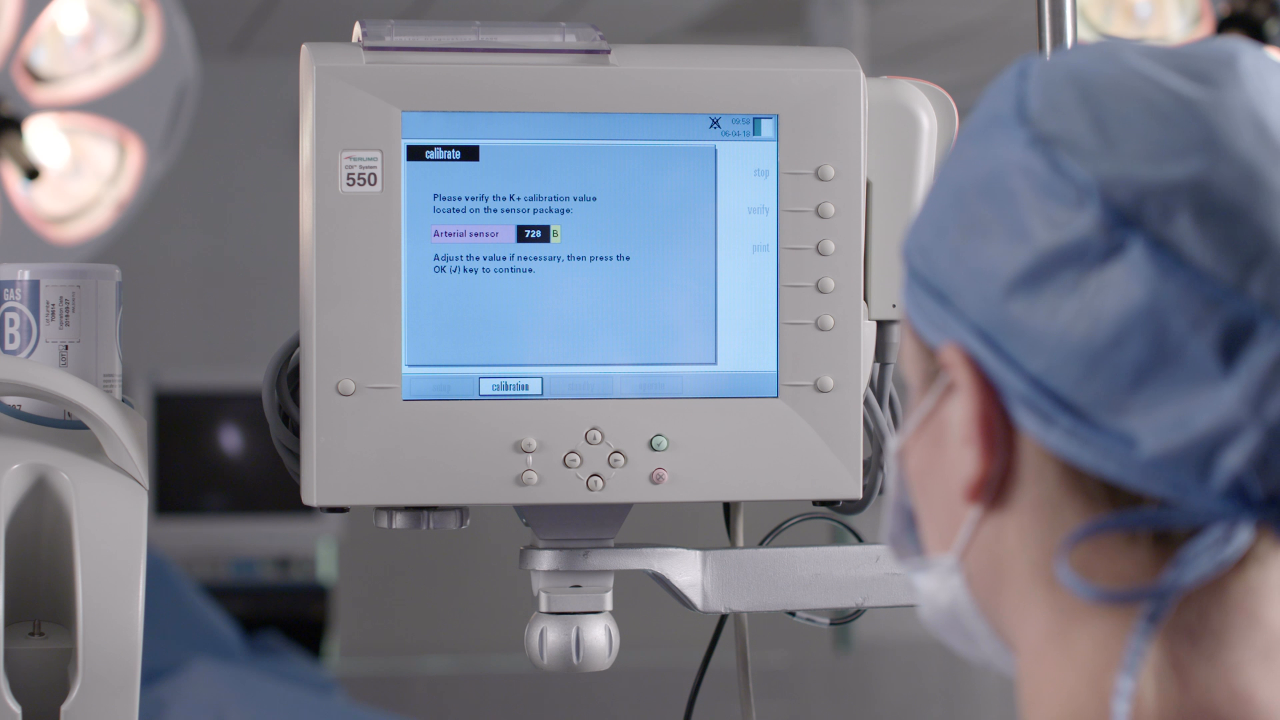The industry standard for continuous in-line blood parameter monitoring.
With the addition of in-line monitoring of oxygen delivery (DO2), CDI® Blood Parameter Monitoring System 550 provides the continuous information needed to reduce the risk of acute kidney injury, improve patient outcomes and save hospital costs.
Real-time monitoring of DO2, one of 12 key blood parameters, provides critical information required for goal directed perfusion, helping to achieve optimal perfusion during cardiopulmonary bypass surgery. User selectable limits provide alerts when values are approaching critical DO2 thresholds.
CDI System 550 offers a full range of next-generation features, including market-leading optical fluorescence technology, a high-visibility LCD screen, advanced probe design, IEC 60601-1 3rd Edition compliance, and more.
Proven technology and exceptional quality backed by Terumo’s dedicated support make the CDI System 550 the smart choice.
Why you need to know the DO2 story.
Numerous clinical studies have demonstrated that careful monitoring of DO2 during cardiac surgery and maintaining a threshold level during cardiopulmonary bypass dramatically reduce kidney injury.
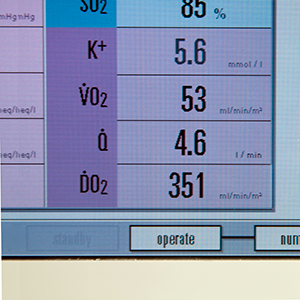
What is DO2?
DO2 is oxygen delivery or “O2 delivery”. It is an indicator of the amount of oxygen being delivered to the patient during bypass.
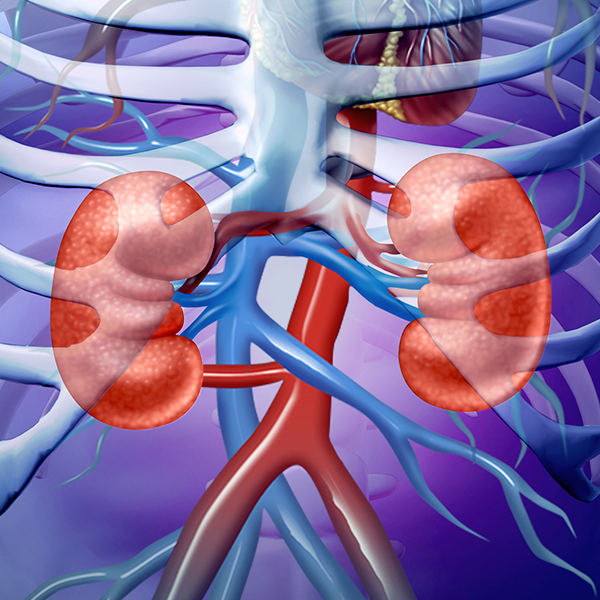
What is Acute Kidney Injury?
Acute Kidney Injury (AKI) is defined as a rapid decline in renal filtration function. It is an episode of kidney failure or kidney damage, due to insufficient oxygen delivery, that happens within a few hours or a few days.
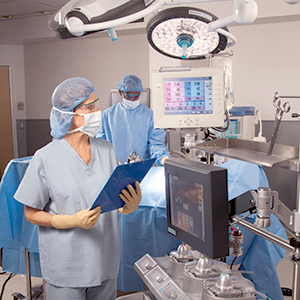
Why Does it Matter?
Acute kidney injury has the potential to increase morbidity and mortality in cardiac surgery, resulting in higher hospital cost.

The CDI System 550 quickly alerts users to changes in patient status.
Continuous in-line monitoring during cardiopulmonary bypass surgery is a critical component of perfusion safety and improving patient outcomes. Studies have shown that appropriate regulation of blood gas parameters is essential to avoid the negative outcomes linked to sub-optimal blood gas parameter control. More precise and accurate control of blood gas parameters potentially improves:
- Cardiac function
- Renal function
- Pulmonary function
- Cerebral function
- Transfusion requirements
- Ventilator requirements
- ICU stays
- Post-operative hospital stays
Photo Gallery
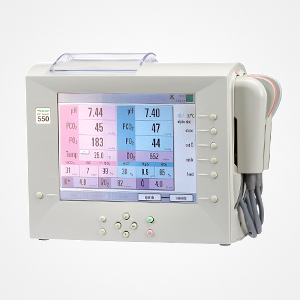
Monitor
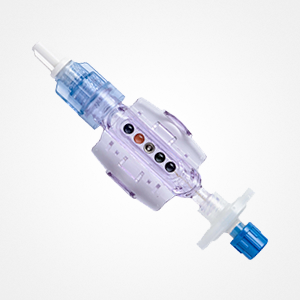
Shunt Sensor
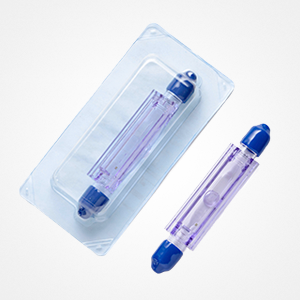
H/S Cuvette
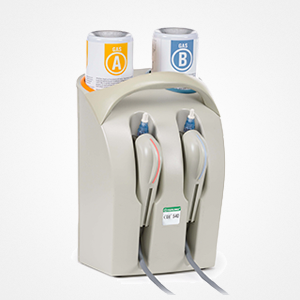
Calibrator
Refer to this device’s Instructions For Use (IFU) for the risks associated with its use.


